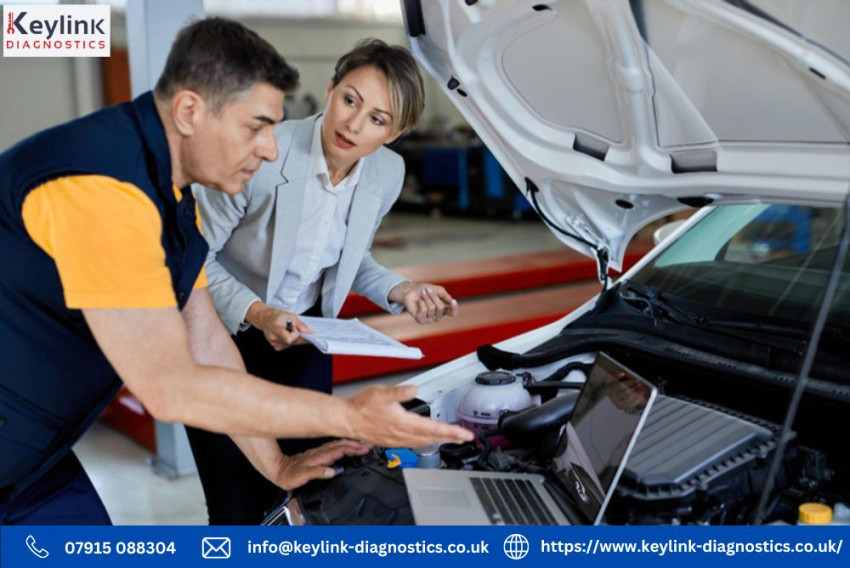
In the realm of automotive maintenance and repair, full diagnostics including live testing, represent a cornerstone of modern service procedures. This article delves into the significance of comprehensive diagnostics, the role of live testing, and its impact on vehicle performance and reliability.
Understanding Full Diagnostics:
Full diagnostics entail a thorough assessment of a vehicle's electronic control systems, sensors, and components using advanced diagnostic tools and software. This process involves retrieving and analysing error codes, data streams, and performance metrics from various onboard systems, including the engine, transmission, brakes, suspension, and electrical systems.
The Role of Live Testing:
Live testing, also known as real-time diagnostics, involves monitoring and analysing system parameters and sensor data while the vehicle is in operation. This dynamic approach allows technicians to observe system behaviour, identify anomalies, and diagnose potential issues that may not be apparent during static diagnostic procedures.
Benefits of Full Diagnostics and Live Testing:
- Comprehensive Fault Detection: Full diagnostics including live testing, enable technicians to identify and diagnose a wide range of issues, from engine misfires and sensor malfunctions to transmission faults and electrical problems. By capturing real-time data and performance metrics, technicians can pinpoint the root cause of issues quickly and accurately.
- Proactive Maintenance: Full diagnostics empower vehicle owners and technicians to proactively address potential issues before they escalate into major problems. By detecting early warning signs and anomalies, technicians can recommend timely repairs and preventive maintenance measures, reducing the risk of unexpected breakdowns and costly repairs.
- Optimised Performance and Efficiency: Through comprehensive diagnostics and live testing, technicians can fine-tune engine parameters, optimise fuel delivery, and adjust component settings to enhance vehicle performance and fuel efficiency. By ensuring that the vehicle operates at peak efficiency, owners can enjoy improved driving dynamics and lower operating costs over time.
- Enhanced Safety and Reliability: By identifying and resolving potential safety hazards and system failures, full diagnostics and live testing contribute to enhanced safety and reliability on the road. From detecting brake system faults to addressing stability control issues, comprehensive diagnostics help ensure that vehicles meet stringent safety standards and perform reliably in various driving conditions.
Conclusion:
In conclusion, full diagnostics including live testing, plays a crucial role in modern automotive maintenance and repair practices. By harnessing the power of advanced diagnostic tools and real-time data analysis, technicians can diagnose issues accurately, recommend timely repairs and maintenance, and optimise vehicle performance and reliability. Embracing comprehensive diagnostics as an integral part of routine maintenance underscores a commitment to safety, reliability, and performance in the ever-evolving automotive industry.


